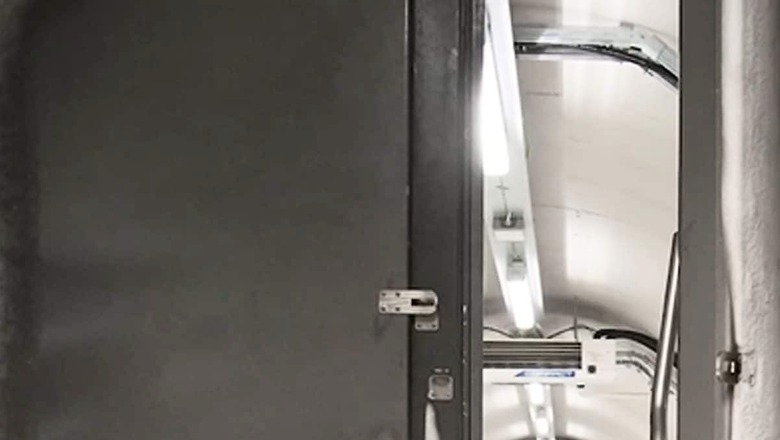
views
A special vault in the Arctic that stores seeds to protect crops from dying out got seeds from more new contributors than ever before. On February 27, people brought boxes of seeds to the vault. Twenty-three seed banks joined in, nine of them for the first time. This is the most new contributors added at once, according to Crop Trust, a non-profit that runs the vault with Norwegian authorities.
The crates that arrived, as per Reuters, contained crops like beans, cowpea, barley, maize, millet, rice, and sorghum. Many of the deposits made on that day were part of a global 10-year biodiversity project called BOLD. This project aims to enhance global food and nutrition security, as per the trust. With this recent deposit, Norway’s Ministry of Agriculture and Food stated that 111 seed banks in 77 countries now have backups of their plants in Svalbard, Reuters added.
Crop Trust Executive Director Stefan Schmitz told the news outlet, “Preserving genetic diversity in this Arctic fastness ensures the adaptability and resilience in our crops, guaranteeing food security for generations to come.”
The Svalbard Global Seed Vault is situated in permafrost caverns on an island located within the European mainland and the North Pole. The facility was established 16 years ago through a partnership between the Nordic Genetic Resource Center, the Norwegian Ministry of Agriculture and Food and the Crop Trust. It was designed to store over 2 billion seeds and guarantee their availability for future generations.
The vault has received samples from around the globe and was crucial between 2015 and 2019 in restoring seed collections damaged during the war in Syria.
The Global Seed Vault houses over 930,000 varieties of food crops. Acting as a massive safety deposit box, it contains the world’s largest collection of agricultural biodiversity.
Svalbard is one of the most remote places on Earth, located far north where commercial airlines reach their limits. Apart from the nearby town of Longyearbyen, it’s a vast, icy wilderness.
While called the ‘doomsday’ vault, the Global Seed Vault is not just for use in apocalyptic scenarios. It’s designed to protect against smaller, more localized threats that gene banks worldwide face.
The chambers are opened only three times a year to minimize the seeds’ exposure to the outside world. Inside, the temperatures are kept around -18 degrees Celsius (-0.4 degrees Fahrenheit).




















Comments
0 comment